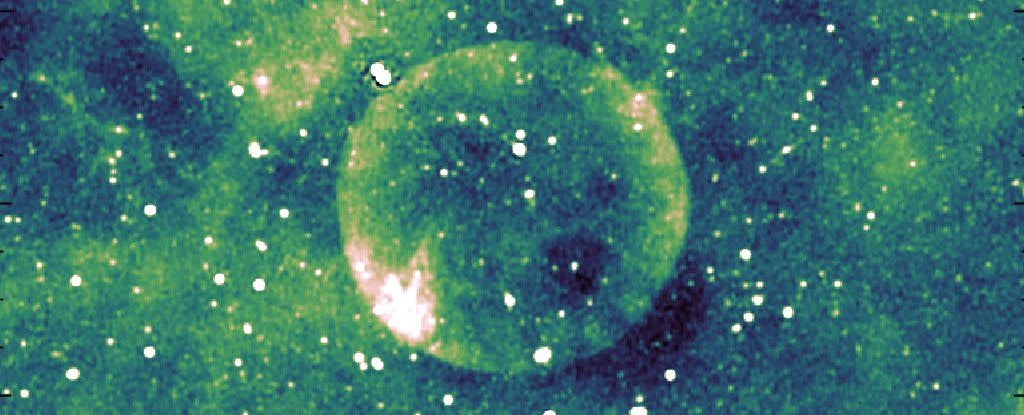
‘Teleios’: Astronomers Discover a Mysteriously Perfect Sphere in Space, Baffling Scientists
In a cosmic twist that has astronomers scratching their heads, a new object has been discovered in the Milky Way galaxy. This object, a supernova remnant, has been nicknamed Teleios, derived from the Greek word for perfection, due to its astonishingly spherical shape.
The discovery was made using the Australian Square Kilometre Array Pathfinder (ASKAP) telescope. What makes Teleios particularly intriguing is its near-perfect symmetry, an anomaly among supernova remnants, which are typically asymmetrical due to uneven explosions or environmental interference.

According to Miroslav Filipović of Western Sydney University, the lead author of a research paper on Teleios, the object is exclusively visible at radio-continuum frequencies and boasts one of the lowest surface brightnesses among Galactic SNRs. This unique characteristic has opened up a window into the initial supernova explosion, offering valuable insights into these energetic events.
However, the exact distance to Teleios remains elusive, presenting a significant challenge in understanding its true nature. Estimates place it somewhere between 7,175 and 25,114 light-years away. This vast range impacts estimations of its size, from 46 light-years across at the nearer distance to a whopping 157 light-years at the farther end.

The age of Teleios is also a subject of debate. The closer distance suggests it is a relatively young remnant, less than 1,000 years old. The farther distance, conversely, paints a picture of a supernova that exploded over 10,000 years ago.
Adding to the mystery is the lack of expected X-ray emissions predicted by evolutionary models of Type Ia supernovae, a common type of supernova that occurs when a white dwarf star explodes. Another hypothesis suggests Teleios could be the remnant of a Type Iax supernova, which leaves behind a “zombie” star. However, this theory requires Teleios to be much closer than current measurements indicate.
Despite the uncertainty, the discovery of Teleios offers a rare opportunity to study a remarkably symmetric supernova remnant. Supernova remnants are rarely symmetrical. The shape of this object suggests it has remained relatively untouched by its environment.
Further observations are crucial to unravel the enigma of Teleios. More sensitive and high-resolution data is needed to solidify any conclusions about its origins and evolutionary state.
What do you think about this baffling discovery? Share your thoughts and theories in the comments below!